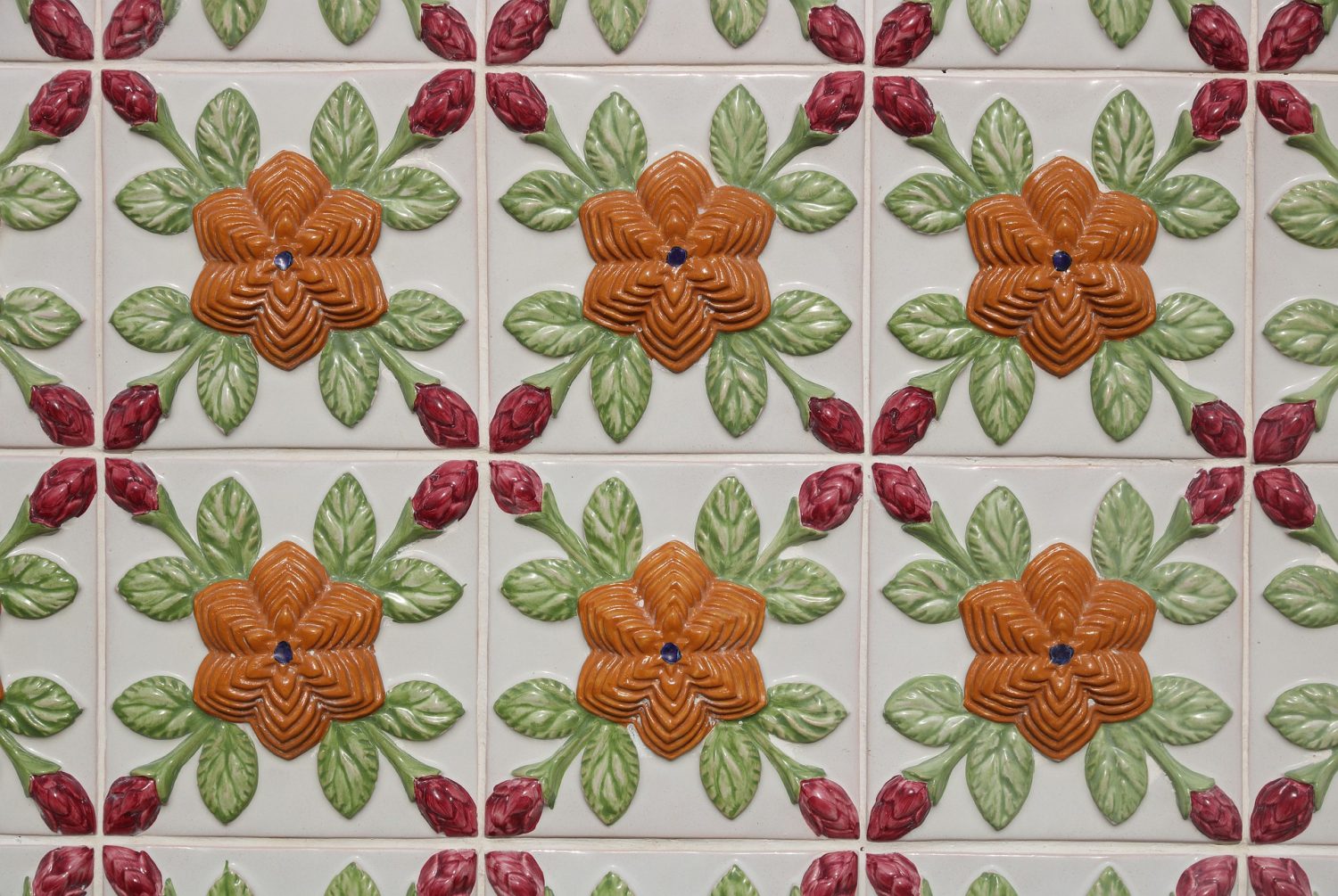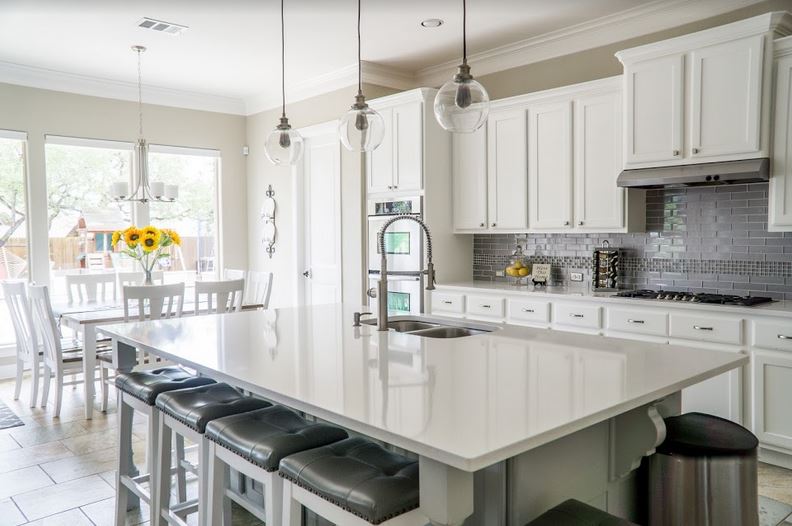Ceramic tiles: types and how to calculate the necessary quantity: One of the most important rooms in every apartment is undoubtedly the bathroom, the arrangement of which can be difficult for many people, especially when it is not too large. Regardless of whether the bathroom is small or slightly larger, it should be arranged in the right way, first choosing the right ceramic tiles that will please our eye for many years. However, what types of ceramic tiles can we find in stores and how to calculate the amount required in the bathroom?
Ceramic tiles for the bathroom
Ceramic tiles are now the basic material used not only to decorate the bathroom, but also other rooms in the apartment. Currently, in construction stores you can find a wide range of ceramic tiles, which differ not only in size and color, but also in type. Therefore, before shopping, it is worth reading a bit of information about ceramic tiles, focusing primarily on their type, and also on calculating their appropriate quantity.
- https://www.santmat.pl/jak-sie-zachowac-w-momencie-odejscia-kochanego-zwierzaka/
- http://www.kuriozalny.pl/wakesurfing-czy-warto-uprawiac-ten-sport/
- https://www.wsfki.edu.pl/zdjecia-slubne-wykonane-przez-profesjonalistow/
Types of ceramic tiles
The choice of ceramic tiles in stores is now so large that most people who decide to buy this product have no idea what to choose. So what types of ceramic tiles can you find in DIY stores? The most frequently used ones include terracotta, stoneware, glazed tiles, clinker and rectified tiles. But how do they differ from each other? Terracotta are stoneware glazed tiles that can have a smooth or textured surface. This material is extremely strong and resistant to various types of damage, and also has low water absorption, therefore it is an ideal material for use in the bathroom. Another material for ceramic tiles is stoneware, which is a mixture of ground quartz, kaolin and feldspar. This material is extremely hard and resistant to various types of mechanical damage, adverse effects of chemicals and abrasion.
Currently, you can find two types of stoneware in stores, namely glazed and unglazed stoneware, which can be used not only for floors, but also for walls. When it comes to glaze, it is used on walls because it works best here. However, when deciding to use it, you should be aware that it is quite thin and brittle compared to the types of ceramic tiles mentioned above. Another type of tiles worth attention is clinker, which is quite durable and resistant to various types of damage. Clinker can be used both on the floor and on the walls. If, in turn, we want the minimum amount of grout, then we should decide on the so-called rectified tiles that have regular dimensions as well as sharp and straight edges. The effect of such a solution is a uniform surface that is perfect for bathrooms with a modern or minimalist style. Rectified tiles look very nice and stylish, but they are much more expensive than ordinary tiles.
How to calculate the number of tiles you need?
This issue is a problem for many people, because calculating the necessary number of tiles can be difficult (especially if math was not our favorite field of study at school). In order to correctly determine the necessary number of tiles for the bathroom, you should first of all take into account parameters such as the size of the surface, as well as the method of laying tiles. As for the size of the surface, in order to calculate it, first check the dimensions of the walls and the floor (you should have a long ruler). In the case of walls, the exact width of each of them should be measured by adding them together and multiplying the result obtained by the height to which the tiles should reach. Under no circumstances should the dimensions provided for the renovation of openings be subtracted.
On the other hand, when it comes to the floor, measure its length and width, then multiplying both values by yourself and it’s ready. Another very important aspect is the way of laying ceramic tiles. When we buy ceramic tiles, we must always obtain approx. 10-15% more than the surface that is to be covered with them. Currently, ceramic tiles are most often arranged straight or in the so-called diamond pattern. When laying tiles straight, remember to buy 10% more for an area of up to 10 m², 5% more for an area of 10 to 50 m², or 3% more for an area of more than 50 m². In turn, with the diamond pattern, the rule is as follows: 20% more for an area of up to 10 m², 10% more for an area of 10 to 50 m², or 5% more for an area of more than 50 m². When cutting tiles, it may also turn out





